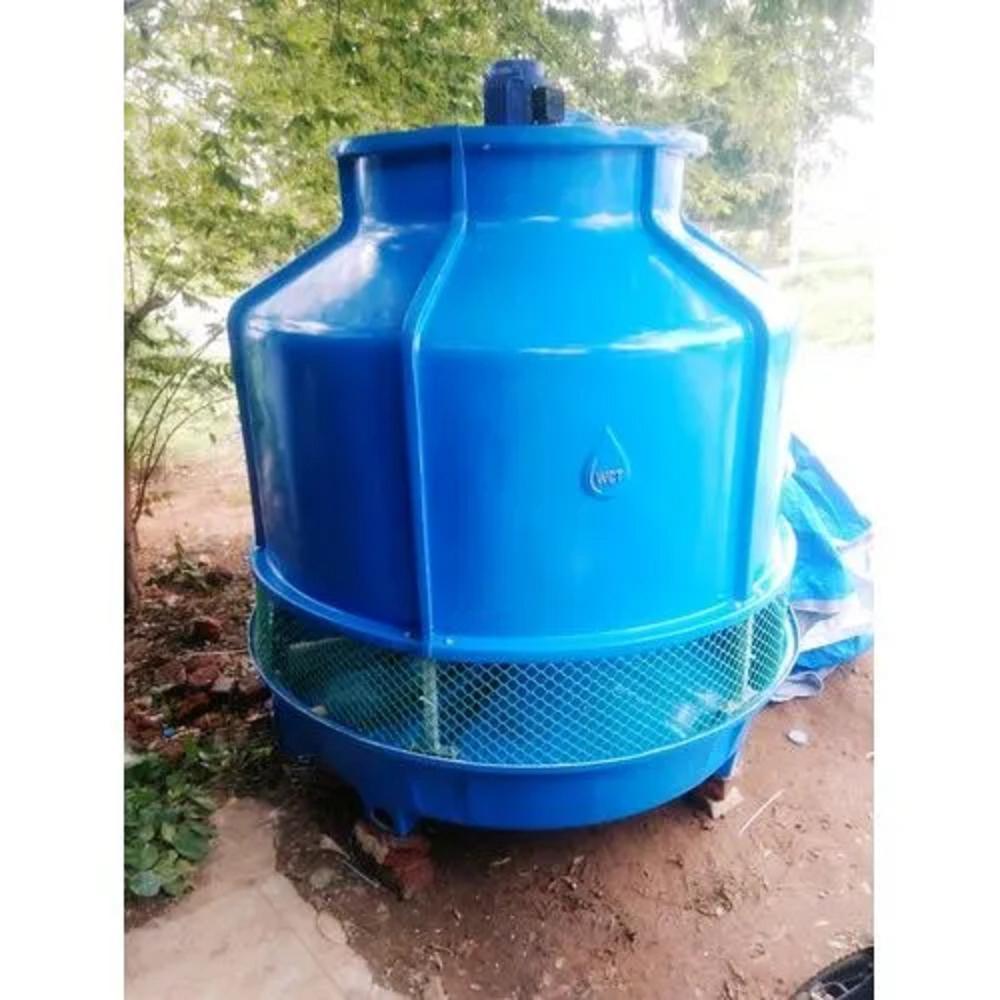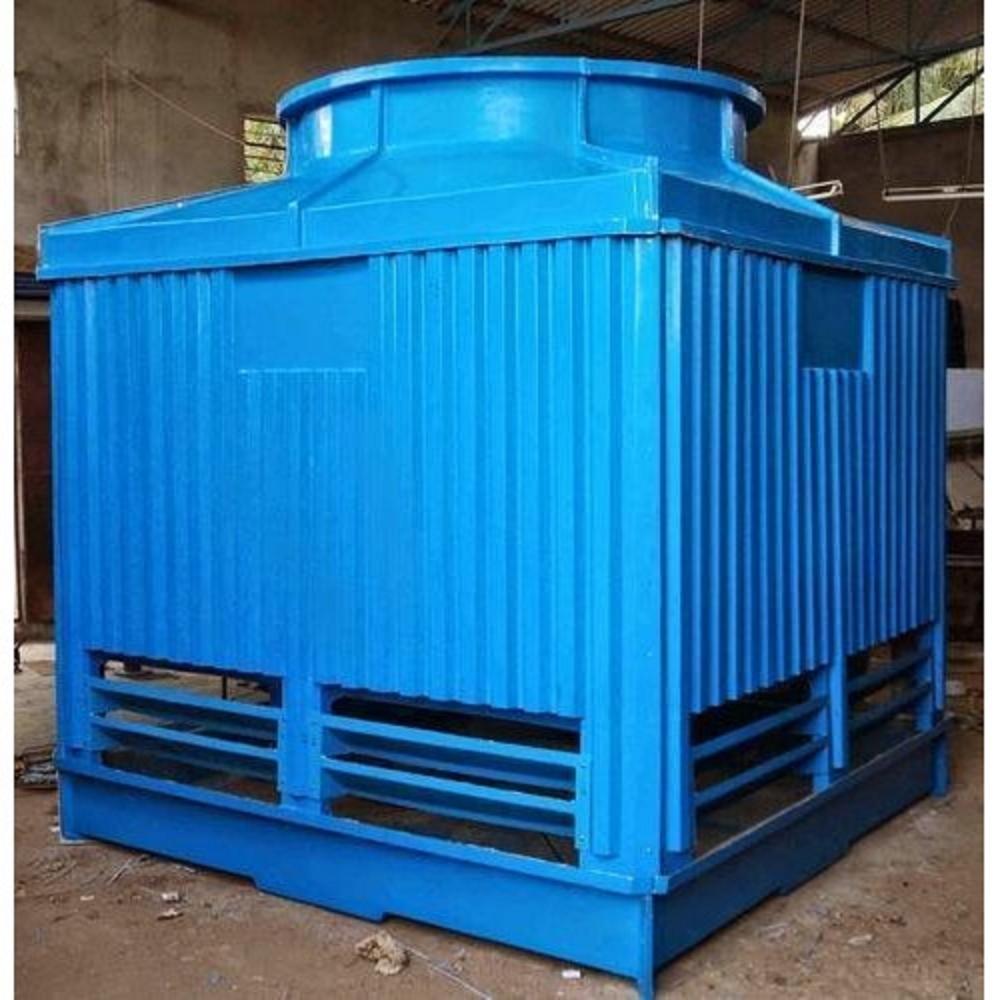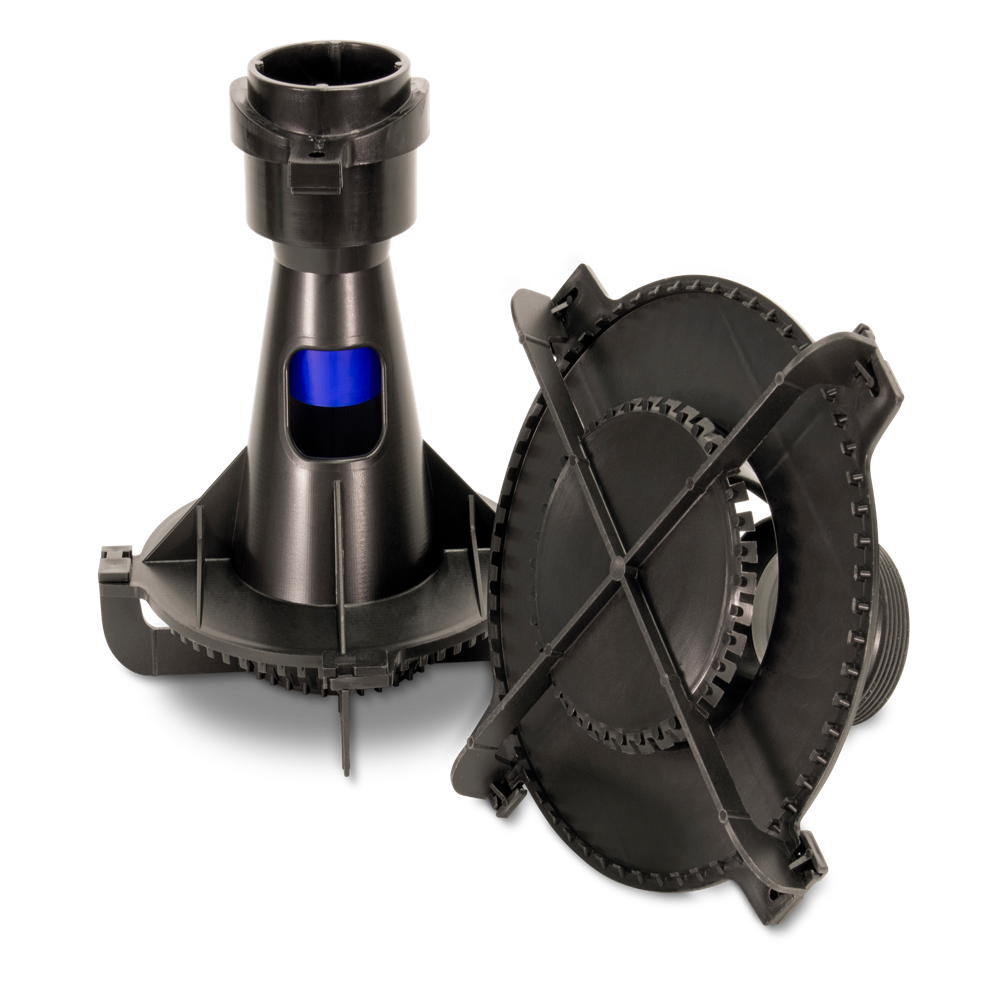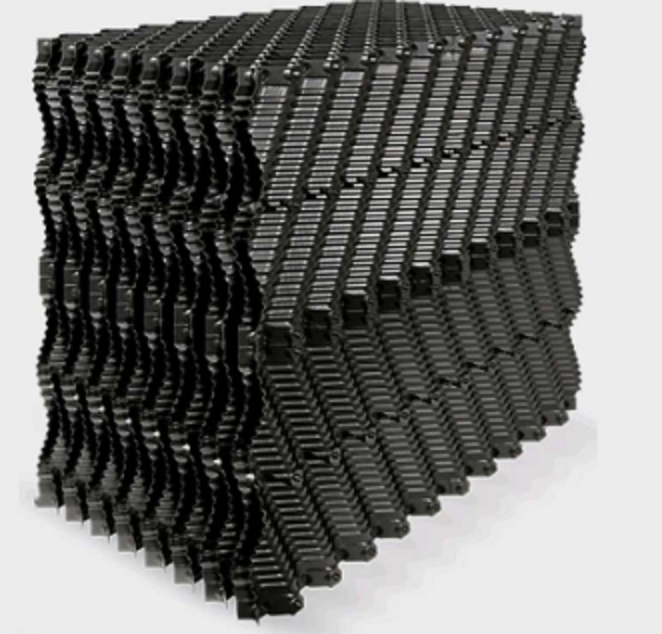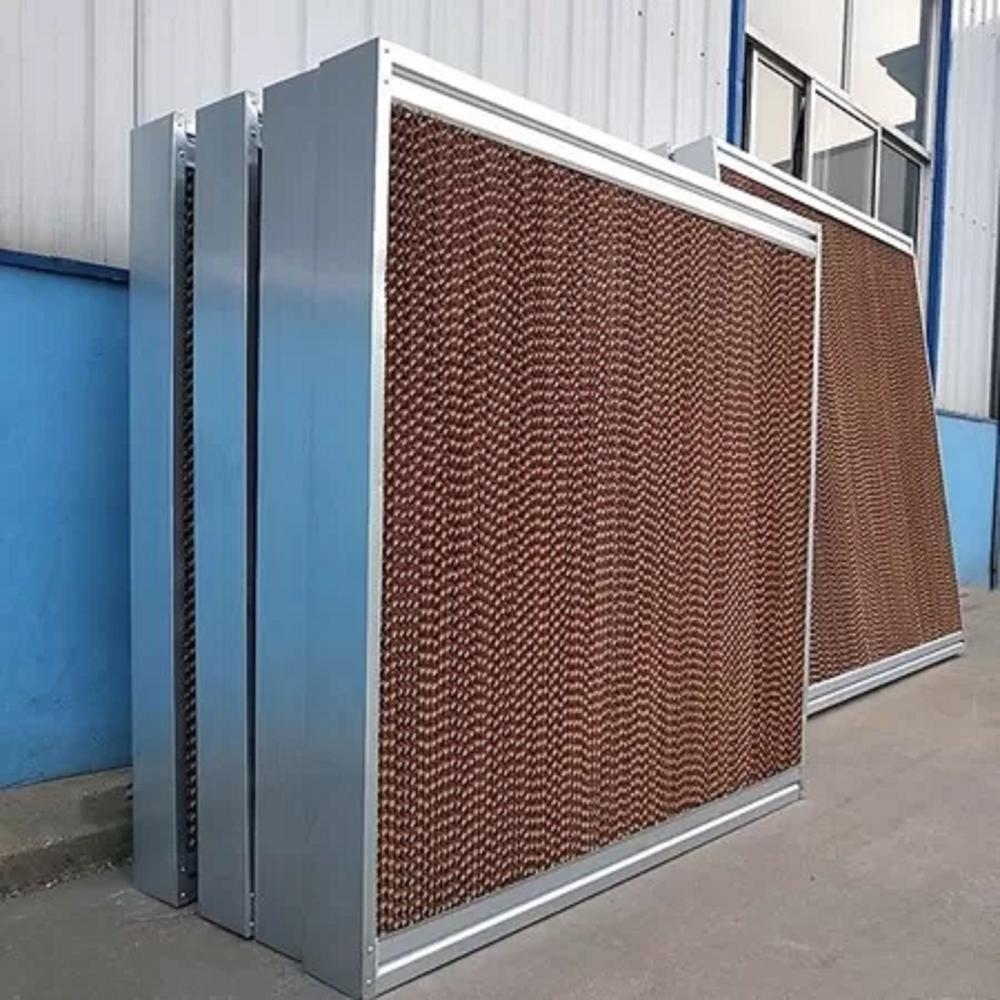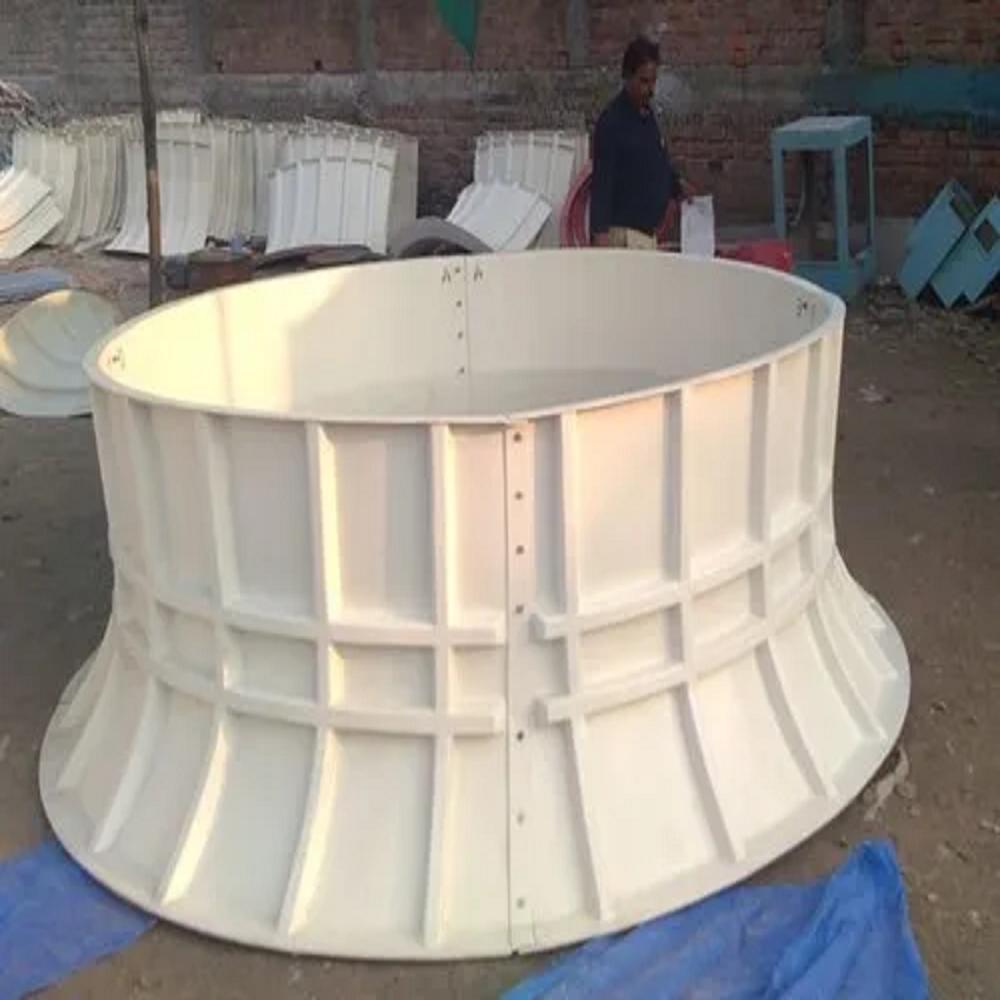FRP cooling tower body
தயாரிப்பு விவரங்கள்:
- பயன்பாடு industrial
- கலர் Blue
- பொருள்
- விண்ணப்பம் commercial
- தயாரிப்பு வகை cooling tower
- கண்டிஷன்
- மேலும் பார்க்க கிளிக் செய்யவும்
விலை மற்றும் அளவு
- 100
தயாரிப்பு விவரக்குறிப்புகள்
- cooling tower
- Blue
- commercial
- industrial
வர்த்தகத் தகவல்கள்
- மாதத்திற்கு
- வாரம்
தயாரிப்பு விளக்கம்
FRP (Fiberglass Reinforced Plastic) cooling tower bodies areconstructed from a durable, lightweight, and corrosion-resistant composite material, offering advantages like easy maintenance and long-term durability, making them suitable for various industrial applications.
Here's a more detailed description:
Materials and Construction:
- FRP Composition:
FRP cooling towers are made by combining fiberglass and resin materials, resulting in a strong and lightweight structure.
- Corrosion Resistance:
The FRP material is highly resistant to corrosion, rust, and degradation, making it ideal for environments exposed to water, chemicals, and harsh conditions.
- Lightweight and Durable:
FRP offers a high strength-to-weight ratio, making it easier to transport, handle, and install compared to traditional materials like concrete or steel.
- Design Flexibility:
FRP can be molded into various shapes and sizes, allowing for customized cooling tower designs tailored to specific project requirements.
- Maintenance:
The smooth surface of FRP makes it easy to clean and maintain, reducing the need for regular repainting or refinishing.
Benefits of FRP Cooling Towers:
- Longevity:
FRP cooling towers are known for their long service life and durability, requiring minimal maintenance.
- Resistance to Harsh Conditions:
FRP can withstand harsh environmental conditions, including exposure to moisture, chemicals, and UV radiation.
- Energy Efficiency:
FRP cooling towers can be designed for energy efficiency, reducing operational costs.
- Easy Installation:
The lightweight nature of FRP allows for easier installation, even in areas with limited access or structural limitations.
- Aesthetic Appeal:
FRP cooling towers can be designed in various colors and shapes to match the surrounding architectural style.
Applications:
- Industrial Cooling:
FRP cooling towers are commonly used in industrial applications where water is the primary heat transfer medium, such as in power plants, refineries, and chemical plants.
- HVAC Systems:
They can also be used in HVAC systems to cool large buildings and facilities.
- Other Applications:
FRP cooling towers can be used in various other applications, including food processing, agriculture, and manufacturing.

Price: Â
- 50
- 100
- 200
- 250
- 500
- 1000+

